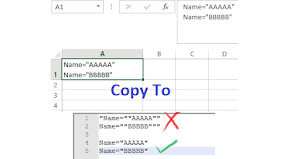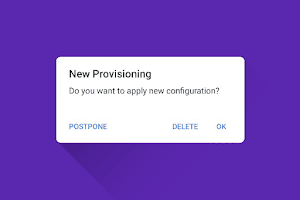Artificial intelligence has been making waves in recent years, with AI-powered tools and applications becoming increasingly prevalent in various industries. One area in which AI has made a significant impact is language processing, with AI-generated text becoming a common sight on the web. However, it is becoming increasingly difficult to distinguish between text written by a human and text written by AI. This is where the AI Text Classifier comes into play.
What is the AI Text Classifier?
The AI Text Classifier is a free tool developed by OpenAI, the company behind some of the most advanced AI models, including ChatGPT and DALL-E. As the name suggests, this tool aims to differentiate between text written by humans and text generated by AI. The classifier is designed to be user-friendly, with a simple interface that allows users to paste the text into a box and get a result in no time. It then provides an evaluation of the text, indicating whether it is "very unlikely," "unlikely," "unclear," "possibly," or "likely AI-generated."
How Does the AI Text Classifier Work?
The AI Text Classifier is powered by a machine learning model that was trained on pairs of human-written and AI-generated text on various topics. The model was then fine-tuned using a large amount of data to increase its accuracy. When you use the classifier, the text you paste is analyzed by the model, which then outputs a result indicating the likelihood of the text being AI-generated.
Why Use the AI Text Classifier?
While the AI Text Classifier is not perfect, it can still be useful in certain situations. For example, it can help you determine whether someone is trying to pass off AI-generated text as human-written. This can be particularly useful in the education sector, where the use of AI-generated text has been a topic of discussion among educators.
In addition to its potential use in education, the AI Text Classifier can also be useful for journalists, fact-checkers, and anyone else who needs to verify text authenticity. With the increasing prevalence of AI-generated text, having a tool that can help distinguish between human-written and AI-generated text can be vital.
How reliable is AI Text Classifier? Limitations of AI Text Classifier
Despite its strengths, the AI Text Classifier is still a work-in-progress, and there are limitations to what it can do. Although the AI Text Classifier is a useful tool, it is not perfect and has several limitations. For example, it requires a minimum of 1000 characters (approximately 150-250 words) to produce a result. It may also mislabel text, especially if the text was written by children, in a language other than English. Additionally, it is possible for an AI-generated text to be easily edited to evade detection.
The company also acknowledges that the tool is a "work-in-progress" and may "incorrectly but confidently" label human-written text as AI-generated, especially if the text is very different from anything in the training data.
Alternatives to AI Text Classifier
OpenAI is not the first company to create a tool for detecting AI-generated text. Almost immediately after ChatGPT became popular, websites like GPTZero emerged. GPTZero was created by a Princeton University student named Edward Tian to "detect AI plagiarism."









0 Comments